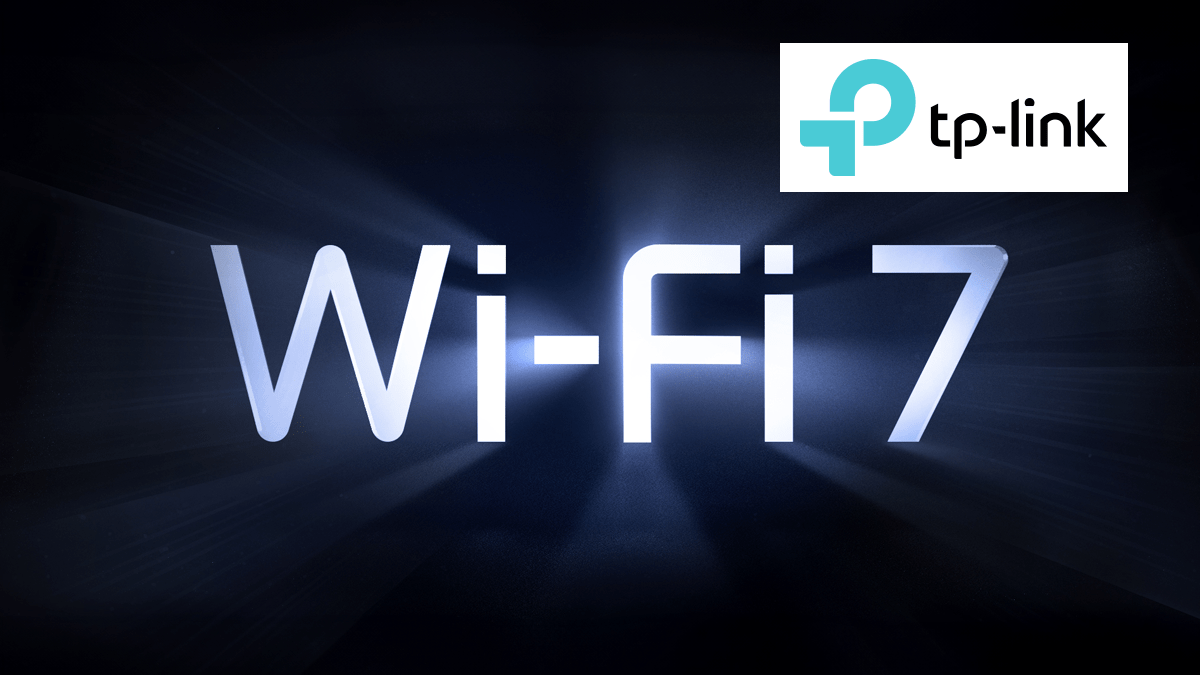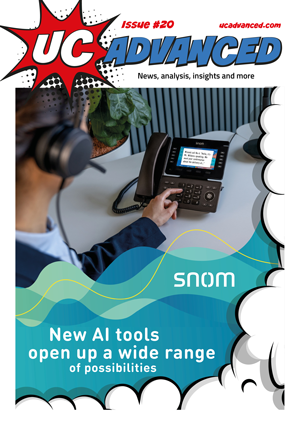As remote and hybrid work become the norm, businesses face new connectivity challenges. Wi-Fi 7 and unified communications solutions offer transformative benefits, from faster speeds to seamless collaboration. Ben Allcock, B2B Sales Director at TP-Link explores with UC Advanced how these advancements can future-proof operations and enhance productivity in a rapidly evolving work environment.
Last year the Office for National Statistics ran a study (the Characteristics of Homeworkers in Great Britain) that concluded 16% of workers in the UK have the ability to work from home permanently, while 28% of the workforce are able to operate under a hybrid scheme. As such, a large portion of the workforce works from home at least once a week, using home networking architectures. With these professionals spending at least one fifth of their time working outside of office environments, many businesses have become prone to suffering from communication gaps.
In addition to home working, and because of the wider capability to work remotely, team structures within organisations are becoming more fractured and international. It is now common practice for employees to work from different sides of the country, and even across borders.
The benefits of Wi-Fi 7
With the Wi-Fi Alliance projecting over 2 billion Wi-Fi 7-enabled devices expected to be available by 2028, introducing Wi-Fi 7 into the ecosystem of a business places several additional impacts on its network. Increased throughput is expected with Wi-Fi 7. However, the benefits are yet to be fully realised as technology fights to catch up with this adoption.
Wi-Fi 7 increases connectivity and efficiency by lowering latency – employees across organisations are now spending less time waiting for applications and software to load and more time focusing on critical daily tasks. Seen as a hygiene factor in business development – a system where usability directly impacts everyday operations – Wi-Fi 7 will provide businesses with tools to grow as and when they require higher networking speeds. It will also enable larger data density transfers, a process invaluable to remote and international team members.
While its top speeds are yet to be unlocked by many businesses, Wi-Fi 7 directly future-proofs a business’s daily operations – providing them with the networking power and opportunities of the future. This development allows businesses to instead focus on scaling daily operations without having to consider upgrading Wi-Fi or networking solutions – growth becomes easier and streamlined.
The challenges of returning to the office
More devices, video conferencing, high bandwidth marketing activity, and web hosting all impact shared bandwidth across the business, placing additional strain on current networking solutions. An increased number of devices on office Wi-Fi networks can lead to slower speeds and higher latency as devices across the network compete for access. Combining the latest advancements in unified communications (UC) and Wi-Fi 7 technology will bring a host of benefits to businesses, small and large, as they look to adopt new solutions to suit their evolving needs and growth.
Additional changes are also around the corner. With the Public Switched Telephone Network (PSTN) switch-off set for 2027, businesses are searching for solutions that can help them streamline and integrate their communications as a result of this loss. As businesses transition to Voice over Internet Protocol (VoIP) solutions – using internet connectivity instead of regular or analogue phone lines – Wi-Fi networks will face even greater bandwidth challenges, impacting overall connectivity across businesses. Increased home working has created more virtual meetings and greater use of softphones, mobiles, and cloud technology – all increasing the reliance on network infrastructure.
Unified communications as a tool
A unified communication process can transform a business’ operations across all levels. By merging communications into a single platform, those working from home, in the office, or on-the-go, can streamline their communication and centralise operations. By doing so, employees no longer need to spend additional time switching between platforms which, according to a recent study commissioned by Virgin/O2, can take up to 36 minutes of an employee’s day, further disrupting tasks and wasting more time.
Expected to grow to over $220 billion by 2030, according to Fortune Business Insights, the unified communications market is on a rapid rise. When growing, an SME must focus on collaboration, and unified communications makes that process easier. By using a singular platform for employee communication, meetings, interviews, training and more, an organisation can streamline operations, cut platform licence costs and reduce pressure on senior management teams through open sources of communication across all team members.
For larger organisations, a unique issue comes into play. Growth in these businesses often comes from mergers or acquisitions. A tried and tested unified communications solution allows larger organisations to integrate and transition internal communications from several platforms to one. This reduces costs, logistical and operational setbacks, and further increases efficiency.
Lasting impacts
Workplace connectivity remains in transition following the pandemic, as businesses have shifted operations to offer remote and hybrid working. This provides employees with additional flexibility and an improved work-life balance. While hybrid and flexible working schemes are commonplace, it is increasingly important for businesses to focus on their internal communications strategy, considering how employees can communicate across the organisation quickly, securely and in the most convenient way possible. By leveraging the benefits of Wi-Fi 7 and a unified communication solution, a business can increase efficiency and convenience across all operations and develop more streamlined and capable communication architectures.











